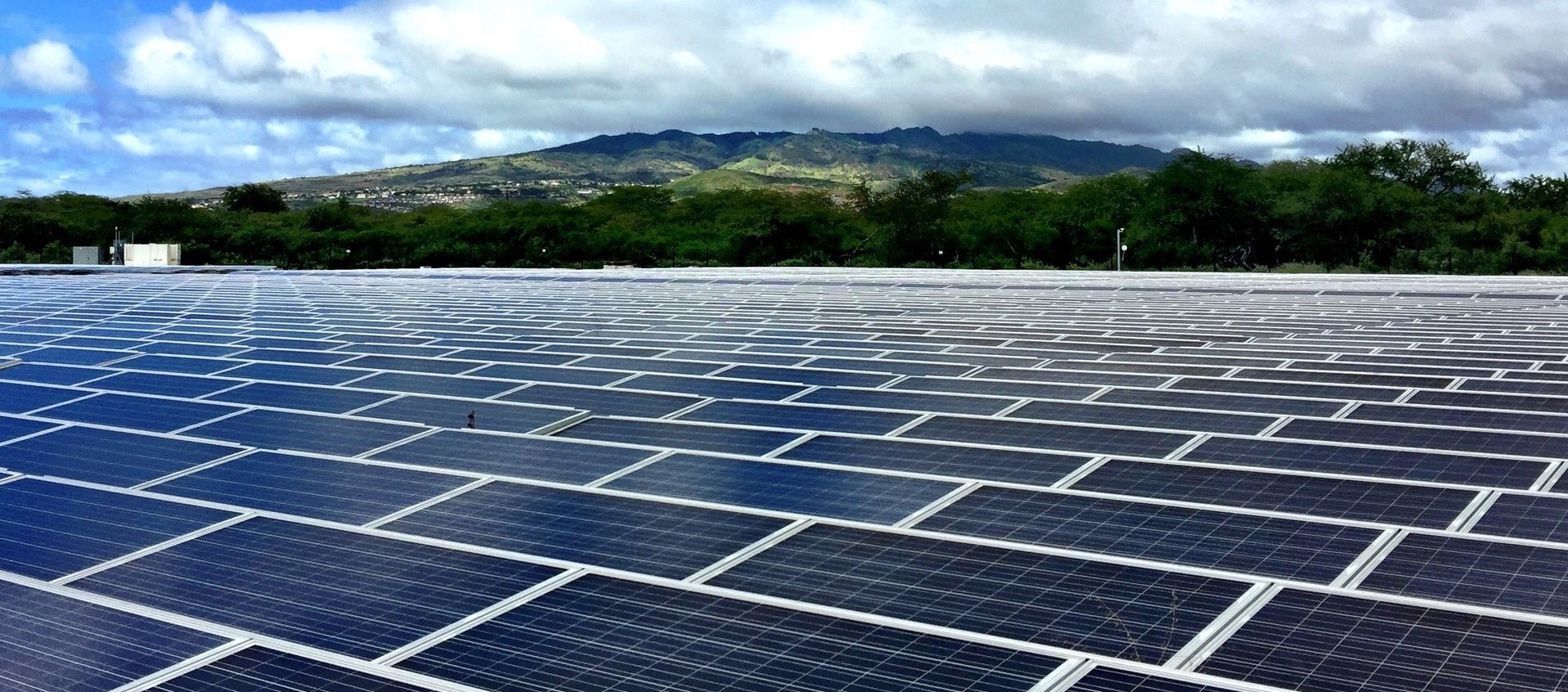The Solar+ Decade Will Usher in Widespread Clean Energy and Massive Economic Growth
Friday, Feb 21 2020

Fracking transformed the U.S. energy sector in the last decade; the abundance of low-priced natural gas dramatically shifted the economics of energy generation in the United States, causing significant market disruption and unprecedented closures of coal plants.
That disruption, followed by a renewed urgency to shift toward clean, affordable, carbon-free power, provides an opening that will most likely lead solar energy to become the dominant source of new electricity generation in this coming decade if we achieve our goals.
As the 2010s came to a close, solar energy capacity in the United States swelled to more than 71 gigawatts, enough to power 13.5 million homes. But despite the current growth rate, solar accounts for just 2.4% of the electricity generated in the United States.
That’s why we have set out to make the 2020s the Solar+ Decade. Our ambitious goal: by the end of this decade, solar will make up 20% of all U.S. electricity generation.
And while our goal is attainable, it is far from inevitable.
Significantly, to achieve that level of market penetration, solar power must disrupt the marketplace in the same way that natural gas did during the last decade. Solar must displace incumbent electricity generators, a reality that will be met with significant resistance.
Winning that battle will require work on several fronts. First and foremost, we must continue and expand our aggressive collaboration with others in the clean energy industry. That’s where the “+” comes in. It won’t just be solar, but solar + wind, solar + storage, and other clean energy collaborations contributing to a radical transformation of the U.S. energy economy. These different technologies and business models are mutually beneficial and can help accelerate the deployment of one another.
If we work together, clean energy interests can overcome the advocacy firepower of incumbent fuels. We already know that public support for solar is higher than any other fuel, with wind as a close second. Storage can help expand both. Poll after poll shows that the public wants more renewable energy, and fast. Some want it because it will directly address climate change; others because the economic benefits are too good to pass up. Now it’s on us to mobilize our grassroots support to make this goal possible.
Second, we will continue to advocate relentlessly for state and federal policies and actions that support solar growth and allow fair competition among fuel sources. We will demand strong leadership from Congress and the White House to create pro-solar policies and end harmful solar tariffs. Federal tax policy must put solar on a level playing field with other fuels, and trade laws must spur domestic growth, not hinder it through tariffs.
At risk are the more than 10,000 solar companies nationwide, most of them small businesses that employ nearly a quarter-million people in all 50 states.
State policies that strengthen local markets and ensure competition are also critical. There is momentum building: 38 states and D.C. have a renewable portfolio standard, and 22 states have a standard that includes a specific solar carveout. These markets should provide robust opportunities for all forms of solar generation. Large-scale projects, community solar and distributed generation are all critical pieces of the clean energy economy going forward.
And third, we must diversify our customer base and our workforce. By achieving this goal, our work will be felt in communities that need it most and our industry will boom. It will lift up women and people of all backgrounds and abilities. Investment from solar companies will strengthen state budgets, giving more money back to school districts and local communities and it will employ a diverse cross section of hundreds of thousands of new workers in well-paying jobs.
If we’re successful, the payoff will be enormous. By 2030, we’ll invest $345 billion into the U.S economy and offset 35% of all electricity sector emissions. The industry will employ more people than every single U.S. company except Walmart and invest more in America every year than the annual revenue of Lockheed Martin. Americans will enjoy lower energy bills, greater choice over how we get that energy, and our kids will breathe cleaner air.
The 2020s will be the Solar+ Decade because it must be. Clean energy is the one force that can simultaneously help us fight climate change, and drive long-term economic prosperity.
Abigail Ross Hopper is president and CEO of the Solar Energy Industries Association, the national trade association for the U.S. solar industry, representing 1,000 solar companies, including solar installers, manufacturers, project developers, contractors, and financiers.